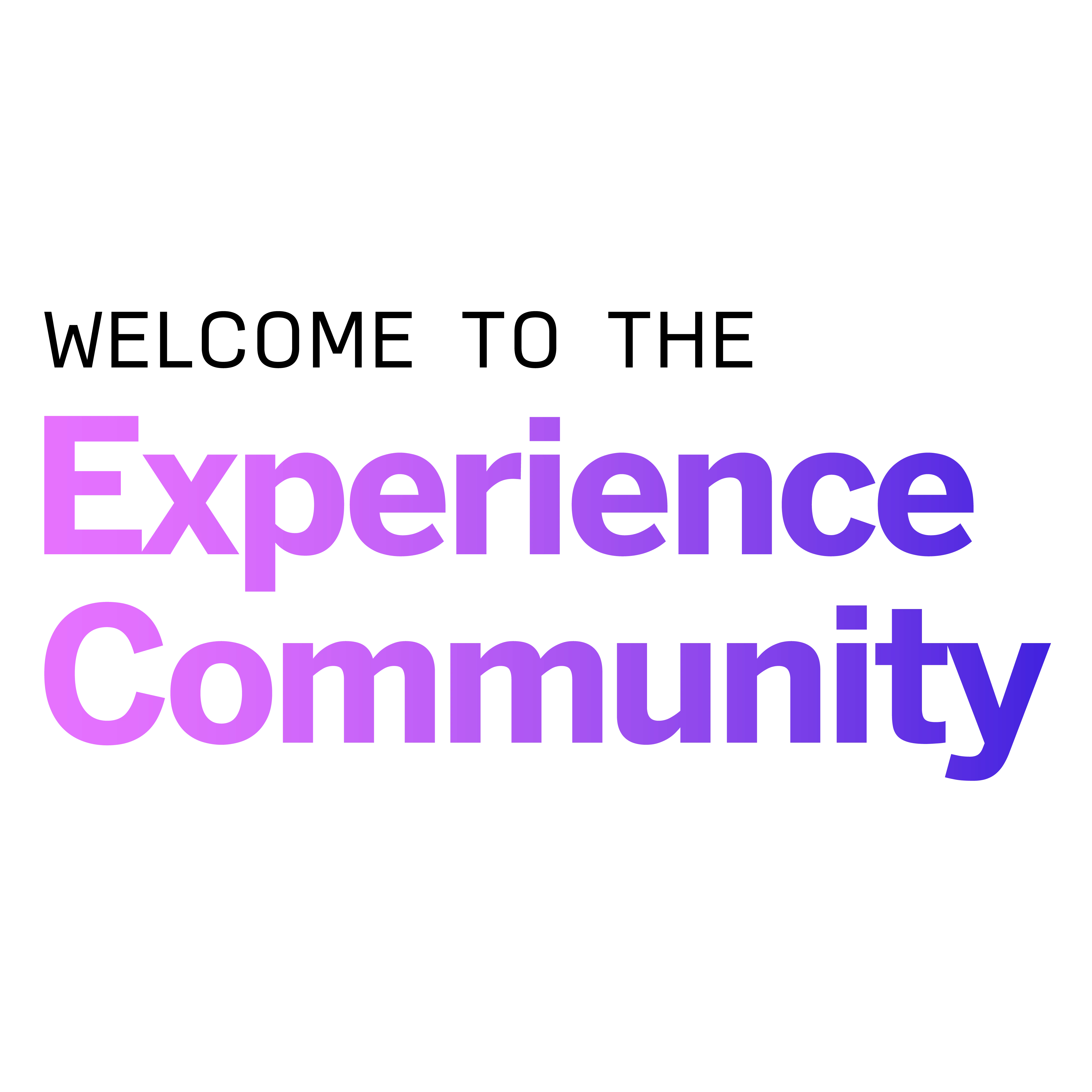The employee experience in healthcare in 2024 is shaped by several emerging trends and key factors that impact the workforce. Here are some of the notable aspects:
1. Focus on Mental Health and Well-being
- Increased Support: Healthcare organizations are placing a greater emphasis on the mental health and well-being of their employees. This includes providing access to mental health resources, stress management programs, and promoting a healthy work-life balance.
- Burnout Prevention: Initiatives to prevent burnout, such as offering more flexible scheduling, mandatory rest periods, and wellness programs, are becoming standard.
2. Technological Advancements
- Telehealth and Remote Work: The adoption of telehealth has expanded opportunities for remote work, especially for administrative and support roles. This flexibility can improve job satisfaction and reduce burnout.
- AI and Automation: Artificial intelligence and automation are being used to reduce the administrative burden on healthcare workers, allowing them to focus more on patient care.
3. Training and Development
- Continuous Learning: Ongoing training and professional development are crucial. Healthcare organizations are investing in continuous education to keep employees up-to-date with the latest medical advancements and technologies.
- Career Growth: Clear career paths and opportunities for advancement help retain employees by providing them with goals and motivations.
4. Diversity and Inclusion
- Inclusive Culture: There is a growing emphasis on fostering a diverse and inclusive workplace. Initiatives to promote equality and address systemic biases are becoming more common.
- Employee Resource Groups: Support for employee resource groups (ERGs) that focus on different aspects of diversity (e.g., race, gender, sexual orientation) is increasing.
5. Employee Engagement and Feedback
- Regular Feedback Mechanisms: Implementing systems for regular feedback and engagement surveys helps organizations understand and address the concerns of their workforce.
- Actionable Insights: Using data from these feedback mechanisms to make informed changes and improvements in the workplace.
6. Improved Safety Measures
- Enhanced PPE and Safety Protocols: Ongoing improvements in personal protective equipment (PPE) and safety protocols help protect healthcare workers, especially in the wake of the COVID-19 pandemic.
- Infection Control: Continuous updates and training on infection control practices are essential to ensure the safety of both employees and patients.
7. Compensation and Benefits
- Competitive Pay: Ensuring competitive salaries and benefits packages to attract and retain talent.
- Additional Perks: Offering perks such as childcare support, tuition reimbursement, and transportation allowances.
8. Work Environment
- Supportive Leadership: Strong leadership that provides support and recognizes the efforts of healthcare workers contributes to a positive work environment.
- Collaborative Culture: Promoting a culture of collaboration and teamwork helps in sharing the workload and reducing stress.
9. Patient-Centered Care
- Alignment with Values: Many healthcare workers are driven by a desire to provide excellent patient care. Organizations that align their missions with this goal tend to have more satisfied employees.
- Patient Feedback Integration: Using patient feedback to improve services and employee performance can create a more fulfilling work experience for healthcare professionals.
Conclusion
The employee experience in healthcare in 2024 is multifaceted, with a strong focus on well-being, professional development, and creating a supportive and inclusive work environment. By addressing these areas, healthcare organizations can improve job satisfaction, reduce turnover, and ultimately provide better care to patients.


